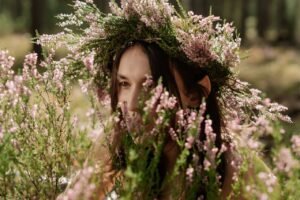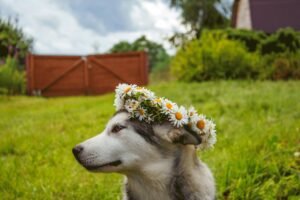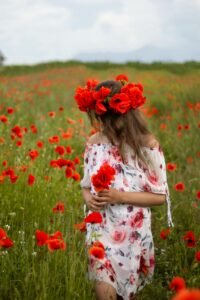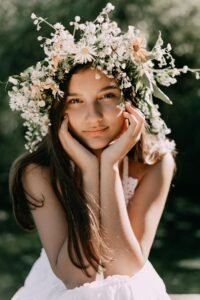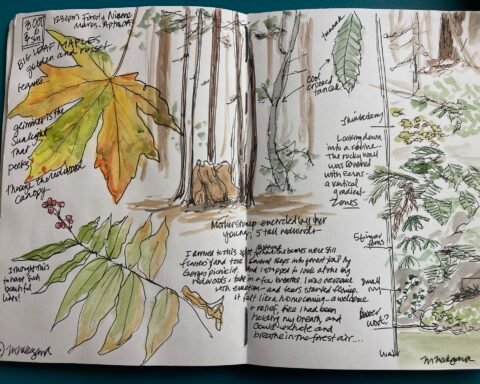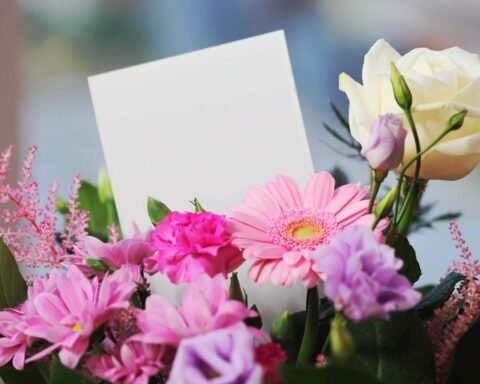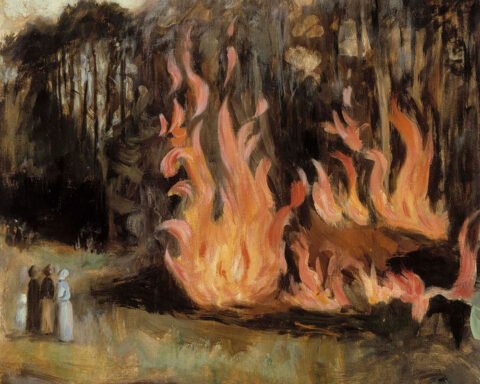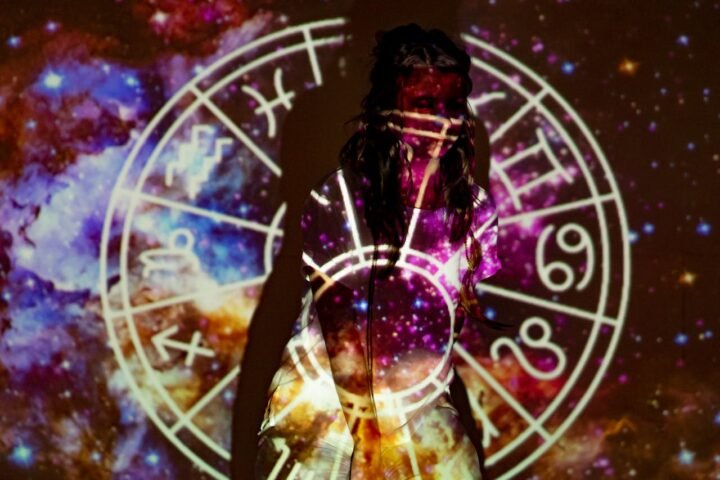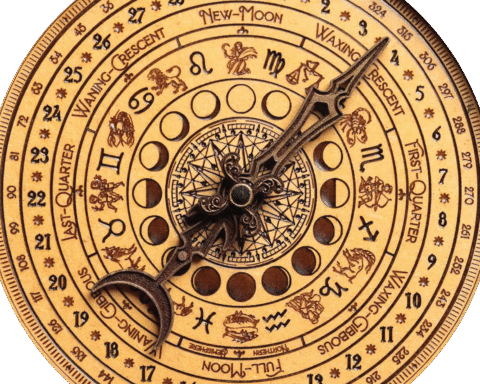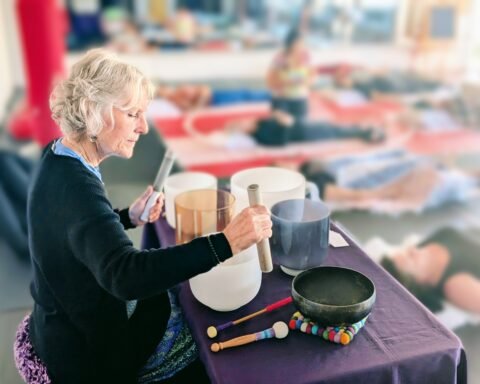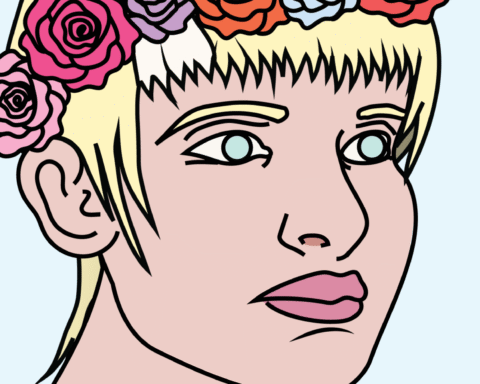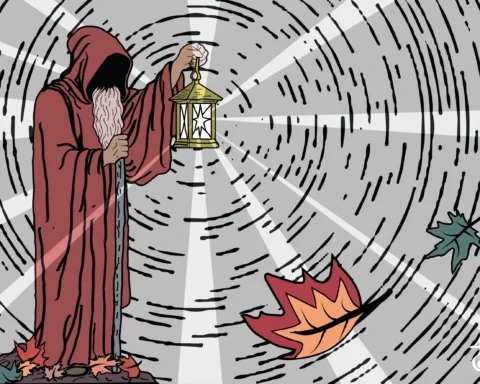This artistry, often seen as a celebration of nature’s resilience and beauty, brings forth a rich history intertwined with the blooms chosen for these crowns.
The Significance of Flower Crowns
Flower crowns have been used in various cultures for centuries, celebrating everything from rites of passage to communal joy. In ancient Rome, laurel crowns signified triumph, while in Scandinavian cultures, floral wreaths were central to midsummer festivities. Today, they adorn brides, festival-goers, and artful souls around the globe, allowing wearers to express their individuality and connection to nature.
The significance of flower crowns extends beyond simple aesthetics; they symbolize understanding and a relationship with the earth, a theme that resonates across generations. As journalist and floral expert Sarah Horne notes, “Choosing the right flowers can carry a message — whether it’s love, friendship, or celebration” (Horne, 2021).
Traditional Flowers for Flower Crowns
1. Daisies
With their cheerful disposition and simplicity, daisies are a staple in many flower crowns. Symbolizing innocence and purity, they have been used in floral arrangements for generations. Their bright white petals and sunny yellow centers provide a delightful contrast to other blooms, making them an ideal choice for weddings and festivals alike (Fernandez, 2019).
2. Wildflowers
A bouquet of wildflowers can evoke the feel of a sun-drenched meadow. From delicate heather to vivid cornflowers, the diversity found in wildflowers presents endless combinations. Each flower carries its unique meaning. For instance, bluebells represent gratitude, while buttercups symbolize humility (Thompson, 2020). The charming randomness of wildflower crowns aligns perfectly with the spirit of celebration and nature’s artistry.
3. Roses
Roses hold a prominent place in floral traditions, cherished not only for their beauty but also for their rich symbolism. Each color conveys a different sentiment: red roses represent love, while white roses signify new beginnings. Incorporating roses into a flower crown infuses it with romance and elegance, making them a favorite among brides and special occasion wearers alike (Landis, 2020).
4. Lavender
Known for its calming scent and beautiful purple hue, lavender is both an aromatic and visually appealing choice for flower crowns. Traditionally associated with tranquility and peace, incorporating lavender can serve as a reminder to embrace serenity. Its enduring fragrance also encourages memories of time spent in nature, enhancing the sensory experience of the crown (Roberts, 2018).
5. Sunflowers
A bold and eye-catching addition, sunflowers symbolize adoration, loyalty, and longevity. Their bright, golden petals radiate warmth and cheer, making them well-suited for summer gatherings. Often seen in rustic-themed weddings, sunflowers can make a striking centerpiece in flower crowns (Miller, 2021).
6. Peonies
Peonies, with their lush blooms and sweet fragrance, embody romance and prosperity. They have been used in bridal wreaths for centuries, often associated with love and good fortune. The rich colors available—ranging from pale pink to deep crimson—add depth and texture to flower crowns, elevating their overall aesthetic (Chen, 2022).
7. Ferns
While not a flower, ferns add an essential backdrop to any flower crown. Their lush foliage provides contrast and depth, enhancing the overall design. Symbolizing sincerity and magic, ferns can frame the blooms beautifully and highlight their vibrance (Dawson, 2020).
Crafting the Perfect Flower Crown
Creating a flower crown is both an art and a form of personal expression. To begin, foraging or selecting flowers according to seasonal availability ensures the freshness of your crown and respects the environment. A base made from flexible floral wire or vine creates a sturdy framework for your design. Assembling your chosen flowers—always starting from the back—ensures a balanced appearance. Moreover, incorporating varied textures and colors will add visual intrigue.
Seasonal Considerations
When planning your flower crown, consider the season:
- Spring: Bright blooms like tulips and daffodils herald the arrival of warmer weather.
- Summer: Choose bold, vibrant colors with sunflowers and dahlias that echo the season’s vitality.
- Autumn: Flowers such as chrysanthemums and marigolds can provide rich, earthy tones, while foliage reflects the changing leaves.
- Winter: While fresh flowers may be scarce, utilizing evergreen branches and aromatic herbs (like rosemary and thyme) can craft a stunning crown.
Conclusion
The craft of designing flower crowns is both a nostalgic nod to our cultural heritage and an imaginative outlet that invites us to engage with nature’s beauty. By understanding and choosing traditional blooms that embody meaningful sentiment, one can create floral adornments that are not only stunning but also rich with symbolism.
As we embrace the artistry of flower crowns, let each bloom tell its story—a celebration of life, love, and connection to nature. In the words of flower crown creator Lola Bethune, “A flower crown isn’t just an accessory; it’s a statement of one’s individuality and a tribute to the ephemeral beauty of life” (Bethune, 2021).
References
- Bethune, L. (2021). Flower Crowns: A Celebration of Nature and Individuality. Floral Arts Journal.
- Chen, Y. (2022). The History and Symbolism of Flowers in Culture. Botanical Studies Press.
- Dawson, M. (2020). Ferns and Their Role in Folk Traditions. Nature Studies Quarterly.
- Fernandez, L. (2019). Meaning in Bloom: The Language of Flowers. Artistic Pursuits.
- Horne, S. (2021). The Power of Flowers: Beauty and Sentiment in Floral Arrangements. Flower Art Magazine.
- Landis, J. (2020). Roses: The Queen of Flowers in Cultural History. Heart & Home Journal.
- Miller, A. (2021). Sunflowers: A Bright Symbol of Summer Joy. Seasonal Insights.
- Roberts, T. (2018). Aromatic Flowers and Their Influence on Well-Being. Aroma Journal.
- Thompson, R. (2020). Wildflowers and Their Meaning in Folklore. Nature’s Legacy Review.


